Mobile Food Truck Mania
Food trucks are sweeping across the nation, popping up in major cities and small towns; and why not, everyone is starved for something different. In fact, food trucks have gotten so popular there are lists of food trucks that use Twitter to keep their customers and potential customers in the know about where they will be during the lunch hour and what they’ll be serving.
Seriously, how wonderful is it to have a truck pull up to your employment location with tasty Thai food, Pierogies, BBQ, gourmet hot dogs and dynamic cupcakes with frosting so decadent it makes you beg for more. This street food revolution sounds like the perfect business venture for anyone who wants to take their culinary talents from kitchen to truck.
Hold on culinary road warrior! Before starting your mobile food business, do your homework. First, find out if food trucks are even allowed in your community; since you can spend upwards of $20,000 for your truck, plus you’ll need to “outfit” it for “your” specific needs; adding vending windows, lined walls, floors, electricity, hot running water (if you have a food prep area), a retail payment system and more. Oh yeah, you’ll need packaging, labels, bags, boxes, you’ll need to meet health and safety requirements, inspections, business permits, fees and every requirement is different depending on where you live in the country; it’s even possible counties within your state may have restrictions that stop you from operating a food truck.
The cool thing about a mobile food truck is you do not have to pay traditional rent; but there are some other costs and logistics to consider; for example insurance, product liability insurance, preparation facilities, truck storage, security and parking.
Still not scared off? Determined to start a new food truck business in your community? You can start by contacting the food licensing agency in your city/county or your local health department, whoever regulates commercial food production and see if mobile food sales are allowed. Then, start thinking about the questions below:
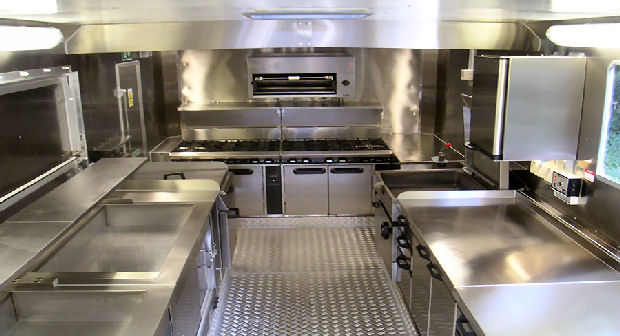
What type of mobile food vendor do you want to be?
- General Pushcart
- Limited Pushcart
- Produce Truck
- Lunch Truck
- Catering Truck
- Ice Cream Truck
- Hot Truck serving food
What do you need to make your mobile food truck a reality?
- Funding – How will you finance this venture?
- Permits – Licenses
- A business plan – Which agency will approve your mobile truck plan?
- Appropriate truck with special needs that address health department requirements
- Cooking units approved by the health department or regulatory agency
- A commissary to prepare food truck products
- Food selection – all foods are not suitable to be sold by food trucks
- Food truck location – Where will you sell your products.
One of the best ways to learn about operating a food truck business is to get the inside scoop from food truck vendors in your community.
Unfortunately, there is no guarantee the vendors will want to share their trade secrets with you, but it’s worth a try.
 Who knows, one day you could be have a cupcake truck like Emma Merisier, owner of SouthernCakeQueen, a cupcake truck vendor in Charlotte, North Carolina.
Who knows, one day you could be have a cupcake truck like Emma Merisier, owner of SouthernCakeQueen, a cupcake truck vendor in Charlotte, North Carolina.
Detra “Denay” Davis is the author of
How to Start a Home-Based Bakery Business and a former home based baker from Cary, North Carolina, cooking instructor, and caterer, once featured in Bon Appetit. Today Denay is the Executive Director of
HomeBasedBaking.com, and mastermind behind a nationwide membership site providing the most extensive information, knowledge0base available to home-based bakers and home food crafters. For more information about
HomeBasedBaking.com contact Denay at
[email protected].
Check It Out!
– The Inside Scoop –
Get a Health Boost with Blueberries
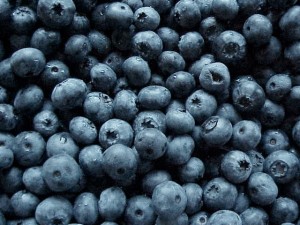 Blueberries prove that good things come in small packages. According to the US Department of Agriculture, blueberries are one of the richest sources of antioxidants, thanks to their anthocyanins — the compounds responsible for their blue hue. They are also an excellent source of ellegic acid and soluble fiber. Studies have found that blueberries may help reduce high blood pressure and total LDL cholesterol. You can start enjoying blueberries on Phase 2. Here’s more information about blueberries, plus delicious ways to enjoy them.
Blueberries prove that good things come in small packages. According to the US Department of Agriculture, blueberries are one of the richest sources of antioxidants, thanks to their anthocyanins — the compounds responsible for their blue hue. They are also an excellent source of ellegic acid and soluble fiber. Studies have found that blueberries may help reduce high blood pressure and total LDL cholesterol. You can start enjoying blueberries on Phase 2. Here’s more information about blueberries, plus delicious ways to enjoy them.
Buying and Storing Blueberries
Most fresh supermarket blueberries are the cultivated kind, not the wild picked. You’re more likely to find the wild variety canned or frozen. Blueberries are typically available all summer long, and into September, though you may be able to purchase imported blueberries throughout the year. When buying fresh blueberries, look for those that are deep blue with a chalky white “bloom” that is a sign of freshness. Preferably buy those that have been refrigerated or kept out of the sun, since heat can destroy their antioxidant power. The blueberries should move freely in their container and not be stuck together. Avoid mushy berries or those in stained containers.
Blueberries will last in the refrigerator for 7 to 10 days. Make sure to remove any crushed or moldy berries before storing, and don’t wash your berries until you are ready to eat them. You can also keep blueberries frozen for up to a year.
Delicious Ways to Enjoy Blueberries
Blueberries should be washed just before you plan to eat them. Sort through them to remove any stems or unripened fruit. When on Phase 2, enjoy blueberries on their own or as a topping for fat-free or low-fat yogurt or high-fiber whole-grain cereals. Here are some other fun and healthy ways to enjoy blueberries:
Blueberry pizza. Simply brush a whole-wheat tortilla with a little extra-virgin olive oil and top with fresh blueberries, thinly sliced scallions, and reduced-fat blue cheese crumbles. Bake at 450ºF for 10 minutes.
Sweet blueberry sauce. Prepare blueberry syrup using frozen unsweetened blueberries. Bring 2 cups of blueberries to a simmer over medium heat and cook until berries burst and sauce thickens, about 12 minutes. Remove the pan from the heat and stir in 2 teaspoons of fresh lime juice and 2 teaspoons of sugar substitute. Add a little ground cinnamon to taste if desired. Serve over breakfast pancakes or yogurt.
Blueberry lemonade. Puree 3 cups of fresh or frozen blueberries, and 2 cups of fresh lemon juice, in a blender. Add sugar substitute to taste. Pour some lemonade into a glass with ice and add seltzer water if desired. Stir and garnish with lemon slices.
From The South Beach Diet
http://www.southbeachdiet.com/sbd/publicsite/benefits-of-blueberries.aspx?xid=nl_TheSouthBeachDietTMNewsletter_20110818
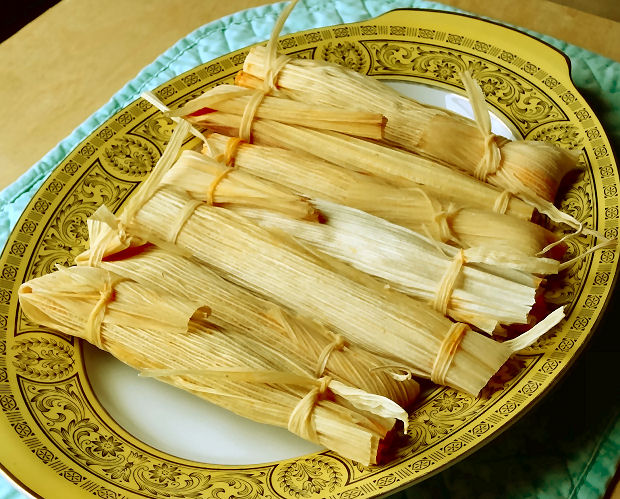
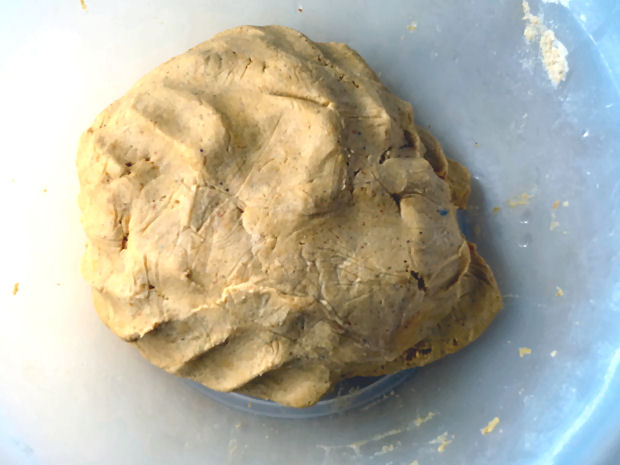
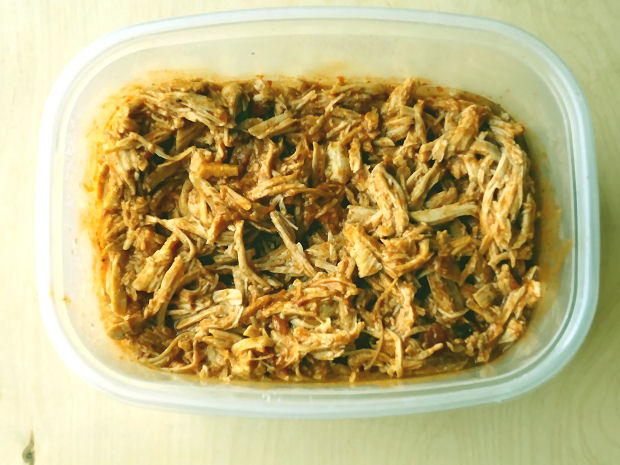
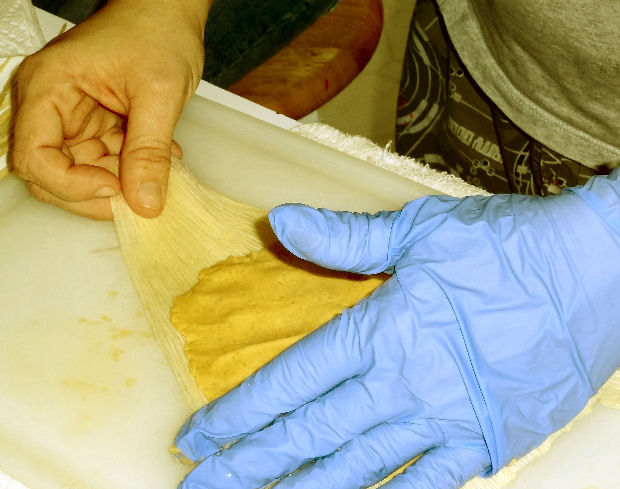
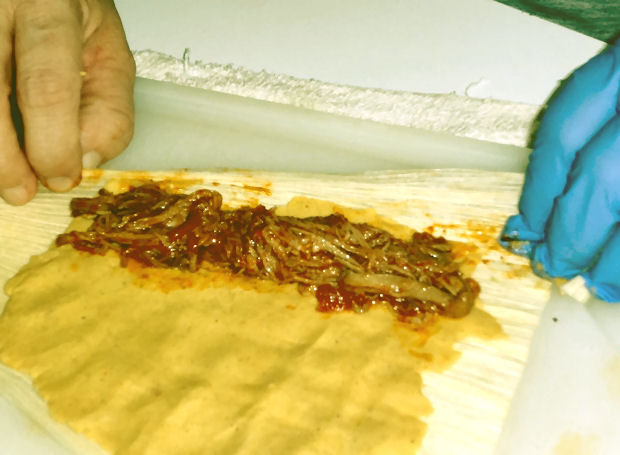
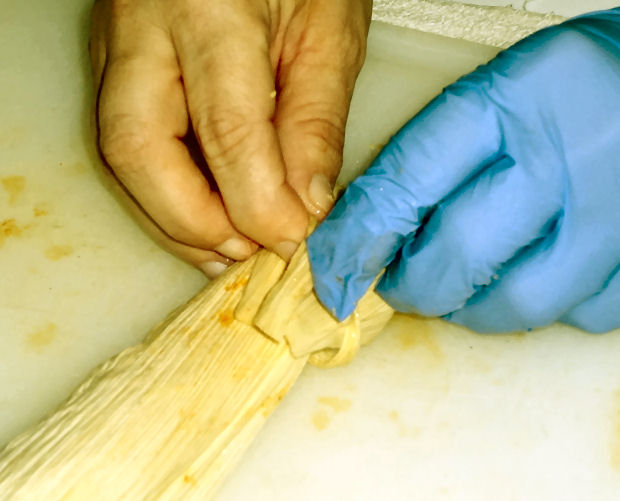
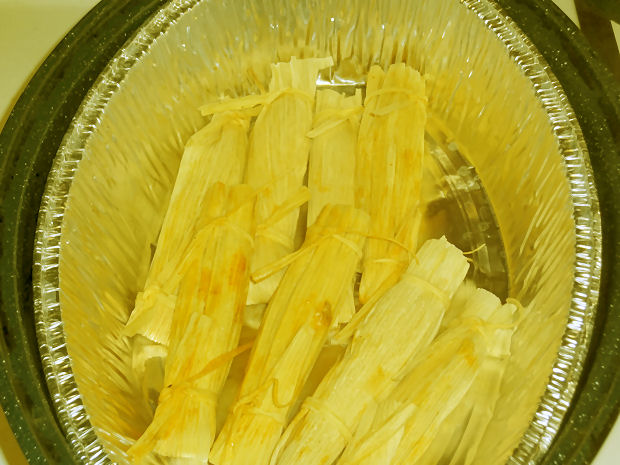
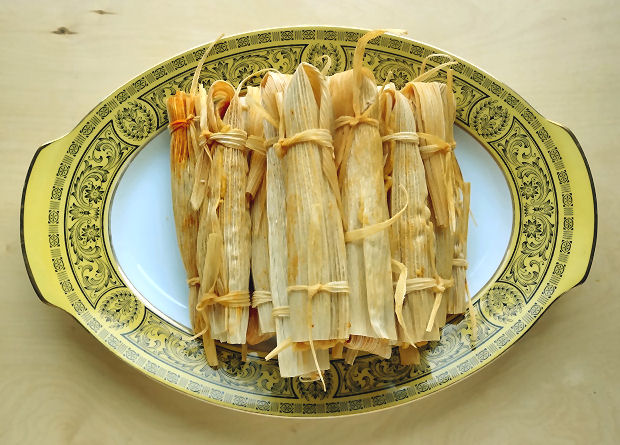

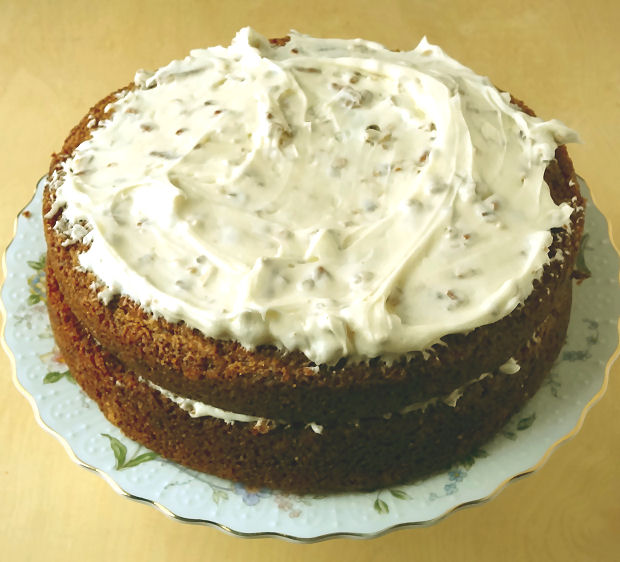


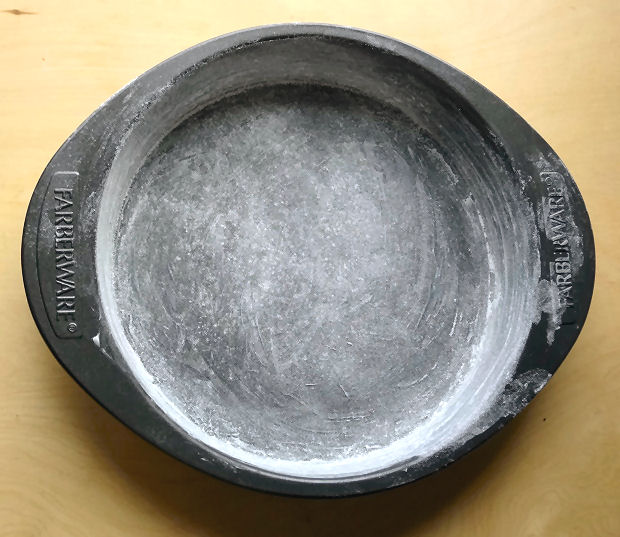
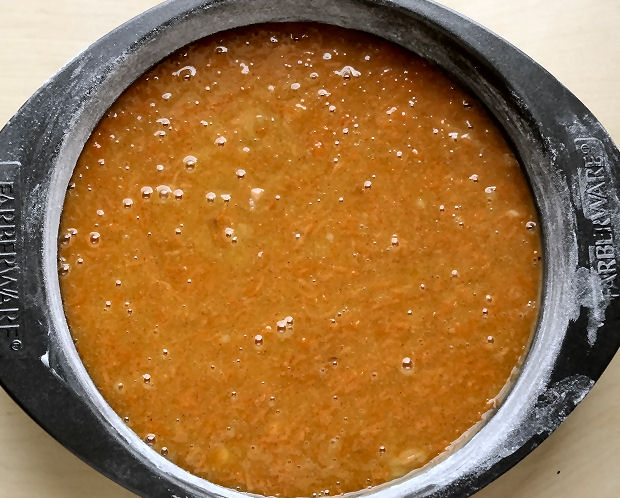
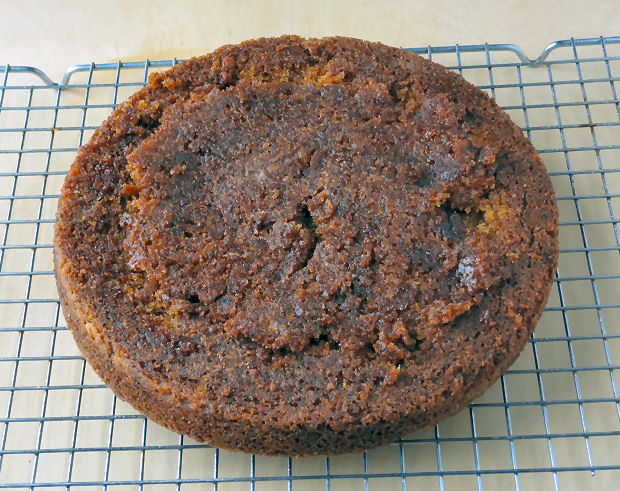

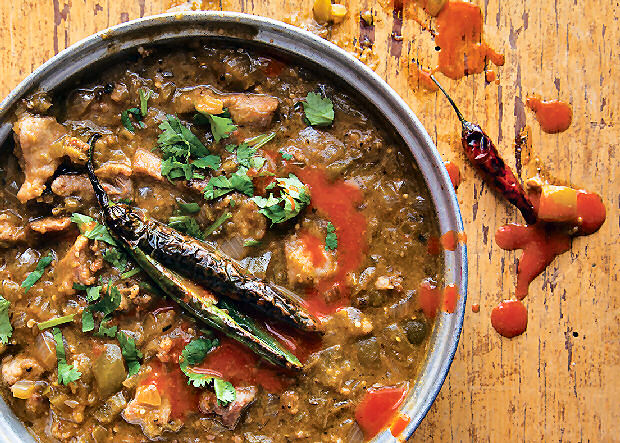


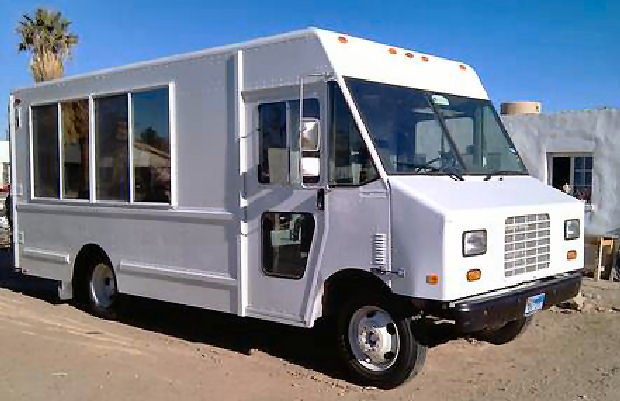

 Who knows, one day you could be have a cupcake truck like Emma Merisier, owner of SouthernCakeQueen, a cupcake truck vendor in Charlotte, North Carolina.
Who knows, one day you could be have a cupcake truck like Emma Merisier, owner of SouthernCakeQueen, a cupcake truck vendor in Charlotte, North Carolina. Blueberries prove that good things come in small packages. According to the US Department of Agriculture, blueberries are one of the richest sources of antioxidants, thanks to their anthocyanins — the compounds responsible for their blue hue. They are also an excellent source of ellegic acid and soluble fiber. Studies have found that blueberries may help reduce high blood pressure and total LDL cholesterol. You can start enjoying blueberries on Phase 2. Here’s more information about blueberries, plus delicious ways to enjoy them.
Blueberries prove that good things come in small packages. According to the US Department of Agriculture, blueberries are one of the richest sources of antioxidants, thanks to their anthocyanins — the compounds responsible for their blue hue. They are also an excellent source of ellegic acid and soluble fiber. Studies have found that blueberries may help reduce high blood pressure and total LDL cholesterol. You can start enjoying blueberries on Phase 2. Here’s more information about blueberries, plus delicious ways to enjoy them.






